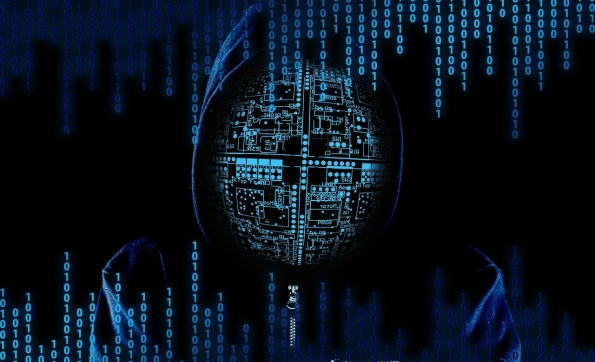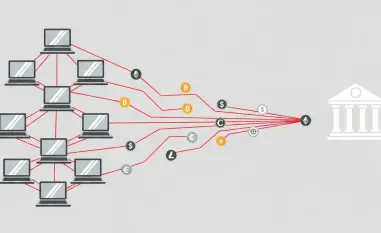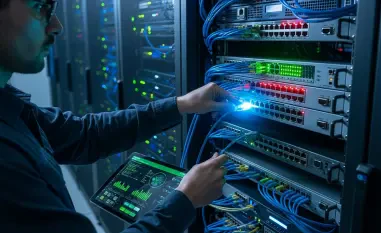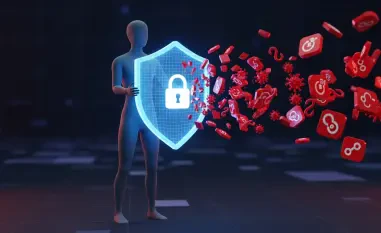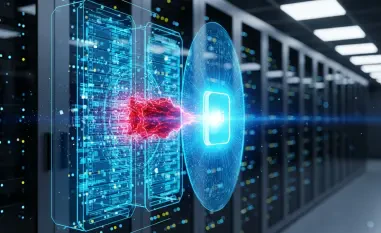In today’s hyper-connected world, individuals often overlook the importance of safeguarding their personal data in public spaces. While corporate environments typically focus on cybersecurity training, these lessons often do not extend into our daily lives, leaving us vulnerable to various cyber threats when out and about. Understanding and mitigating these risks is crucial for ensuring our digital safety everywhere we go.
The Reality of Cyber Threats in Public Spaces
Everyday Activities, Persistent Threats
Activities as commonplace as shopping or attending a concert can inadvertently expose your personal information. For instance, when you provide your email address for an e-receipt in a store, you might be handing over details ripe for exploitation. Cybercriminals can use this information to craft believable phishing emails that seem genuine. Imagine receiving an urgent survey or exclusive discount offer from what appears to be a legitimate source—such emails can deceive even the most cautious of users.
Phishing attacks capitalize on the personal data you unknowingly reveal. These deceptive communications can lead to severe outcomes, such as identity theft or unauthorized financial transactions, reinforcing the need for heightened awareness and caution in public settings. The simplicity with which cybercriminals can gather information in these environments amplifies the threat further. For example, a hacker with enough contextual knowledge—including location or purchase details—can easily craft a plausible phishing email, blending in seamlessly with regular, expected communications.
Public Settings Enable Eavesdropping
It’s striking how much personal information can be observed in a crowded environment. Consider a scenario at a live concert where someone glances at your phone screen. Suddenly, your name, job title, address, and even bank balance could be visible. Such data provides the foundation for identity theft, fraud, or coercion. The casual glance, in this case, turns into a significant data breach, again spotlighting the importance of vigilance. While we might generally overlook these seemingly casual incidents, they can bear serious repercussions.
The information gleaned from these situations can be exploited in various ways, from simple social engineering attacks to more complex identity theft schemes. The casual observer might even capture details linked to your social media accounts, presenting further avenues for cyber abuse. Real-life instances have demonstrated that people often let their guard down in public settings, making it easier for malicious actors to exploit these opportunities.
Risks Associated with Unsecured Networks
Vulnerabilities of Public Wi-Fi
Unsecured networks pose substantial risks. Public Wi-Fi, available in locations like stadiums, cafes, and airports, may seem convenient but can be a hotbed for cyber threats. When users connect to these unprotected networks, they expose their devices to various forms of attacks, including evil twin and man-in-the-middle attacks. In an evil twin attack, a cybercriminal sets up a rogue hotspot that mimics a legitimate Wi-Fi network, luring unsuspecting users to connect. Once connected, the attacker can intercept data transmissions, steal credentials, or inject malware into devices. This tactic is effective and commonly used in places where large crowds expect free internet access.
Man-in-the-middle attacks compound these risks, with attackers intercepting communications between your device and the server. This can result in unauthorized access to sensitive information like login credentials, financial data, and personal messages. The ability to manipulate data packets puts attackers in a position to inject malicious software into downloads or corrupt legitimate communications, leading to severe data breaches. The convenience of free public Wi-Fi thus becomes a double-edged sword, necessitating greater precautions and heightened awareness from every user.
Packet Sniffing and Data Interception
Another critical threat is packet sniffing, which involves monitoring and capturing data packets traveling across a network. At public events, individuals often access sensitive accounts, exposing personal and financial details. An attacker using packet sniffing tools can easily read unencrypted data, leading to severe privacy breaches. As participants in public venues frequently connect to available Wi-Fi networks for quick internet access, the potential for data interception through packet sniffers rises significantly.
Packet sniffing tools are relatively accessible and easy to use, making the threat pervasive even for novice hackers. By monitoring the traffic on a public network, these tools can capture usernames, passwords, credit card numbers, and other sensitive data transmitted in plaintext. For those unaware of these risks, the consequences can be damaging, from financial loss to unauthorized access to personal accounts. The importance of secure connections and data encryption cannot be overstated in such scenarios.
Safeguarding Your Data: Practical Measures
Use of Virtual Private Networks (VPNs)
One of the most effective methods for protecting your data on public networks is by using a Virtual Private Network (VPN). VPNs encrypt your internet connection, making it difficult for attackers to intercept your data. Despite the clear advantages, many people overlook this simple yet powerful tool. Awareness and usage of VPNs should extend beyond corporate practices into everyday public engagements to mitigate these risks effectively. VPNs create a secure tunnel for your data, making it impenetrable to prying eyes on the same network.
The benefits of VPNs include not only data encryption but also masking your IP address, thereby making your online activities more anonymous. This added layer of security is particularly important in high-risk environments like public Wi-Fi networks. While the adoption of VPN usage in professional settings has gained momentum, extending this practice to everyday public use demands greater advocacy and user education. The subtle yet profound protection offered by VPNs can significantly reduce the likelihood of data breaches in public settings.
Deploy Anti-Phishing Tools
Implementing anti-phishing systems within email platforms can greatly reduce the risk of falling for phishing attempts. These tools help detect and flag suspicious emails, providing an additional layer of security. Be cautious about sharing personal information freely and always scrutinize unexpected emails, especially those requesting sensitive details or immediate actions. Anti-phishing technologies rely on sophisticated algorithms to identify and block malicious content before it reaches your inbox, making them invaluable in the fight against cyber threats.
Even with advanced anti-phishing tools, individual vigilance remains paramount. Regularly updating email filters, being wary of unsolicited communications, and verifying the authenticity of email sources are practical steps users should integrate into their routines. Encouraging a culture of skepticism towards unexpected digital communications can help mitigate the risk of falling prey to phishing scams. Ultimately, combining technological solutions with mindful user behavior stands as the best defense against phishing attacks.
Periodic Security Training
While organizations typically provide cybersecurity training for employees, individuals should seek continuous education about cyber hygiene. Staying updated on the latest threats and preventive measures can empower you to recognize and respond to potential cyber threats effectively. Adopting robust security habits in daily life, such as regularly updating passwords and using multi-factor authentication, can further enhance your protection. Cyber threats are ever-evolving, and staying informed about new tactics and vulnerabilities is crucial.
Interactive workshops, online courses, and subscribing to cybersecurity news are excellent ways to remain knowledgeable. Regularly changing passwords, enabling two-factor authentication, and avoiding the reuse of passwords across multiple sites are basic yet powerful practices in maintaining digital security. Encouraging family and friends to adopt these measures can also create a network of informed individuals, collectively enhancing everyone’s safety. Continuous learning and proactive steps can diminish your vulnerability to cyber threats substantially.
Building a Culture of Cyber Awareness
Influence of Behavioral Change
User behavior is the weakest link in the security chain. Despite advanced technical defenses, human error can compromise even the most secure systems. Therefore, cultivating a culture of cybersecurity awareness is essential. This involves not only understanding the technical aspects of cyber threats but also recognizing the importance of cautious behavior in public spaces. Educating oneself about the nature of cyber threats and incorporating safe practices into daily routines can significantly curb the risk of cyber incidents.
Changing behaviors starts with acknowledging small actions’ immense impact on cybersecurity. For example, developing the habit of not oversharing personal information online or in public spaces can mitigate the risk of threats like phishing and eavesdropping. Similarly, being discerning about which public networks to connect to and always opting for secure, password-protected connections can foster a safer digital environment. Shifting focus towards behavioral change emphasizes that cybersecurity is a shared responsibility.
Collective Responsibility
In today’s world, where we’re constantly connected, many people tend to neglect the importance of protecting their personal data in public settings. While companies often prioritize cybersecurity training for their employees, this education rarely spills over into our personal lives, leaving us exposed to various cyber threats when we’re out and about. We frequently use public Wi-Fi networks, access social media, or perform financial transactions in coffee shops, airports, and other public places, all without considering the potential risks. Hackers and cybercriminals are aware of these vulnerabilities and often target unsuspecting individuals in these environments. Simple measures like using a VPN, ensuring websites are secure before entering sensitive information, and being cautious about what we share online can go a long way in protecting our personal information. Recognizing and addressing these risks is crucial for maintaining our digital safety no matter where we are. Ultimately, fostering a habit of vigilance and adopting basic cybersecurity practices can make a significant difference in safeguarding our personal data in everyday situations.
